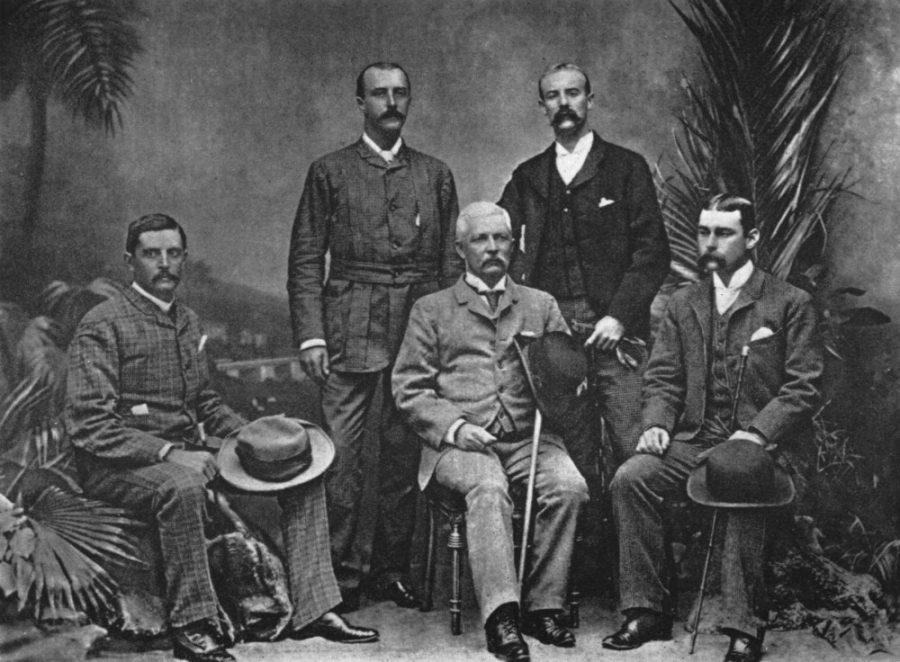The date of March 21 has seen its fair share of notable scientific events through the years. Among them, a lunar exploration launch and a search for a missing scientist.
Henry Morton Stanley begins a search for Dr. David Livingstone
On this day in 1871, journalist Henry Morton Stanley left for Africa to find missing scientist and explorer Dr. David Livingstone, a Scottish doctor and missionary who set out on a two-year mission to find the source of the Nile River and, after over five years, had not returned or been heard from. Stanley set out on assignment from James Gordon Bennett, Jr., the editor of the New York Herald.
After eight months, Stanley triumphed over a variety of tropical diseases and the deaths of many in his expedition. On October 27, he entered the village of Ujiji, on the shore of Lake Tanganyika in Tanzania. There, he found Livingstone, who was still trying to complete his mission, ill and out of funds. Livingstone refused to return, determined to find the source of the Nile, and so Stanley returned with the story of the missing scientist.
Livingstone died 18 months later in modern-day Zambia, without completing his mission.
RELATED: NASA reveals nearby planets that could support life
Frenchman Henri Farman achieves landmark in aviation
On March 21, 1908, Henri Farman used a Voisin 1907 biplane to set an official record for distance in the world of aviation.
He was the first to fly a complete circuit of two kilometers on a closed course, and would go on to set many more records in the following years, as well as open an aviation school and manufacture his own line of planes with his brothers.
The United States launches Ranger 9 unmanned probe to explore the Moon
At 9:37 p.m., March 21, 1965, NASA launched Ranger 9, the last of the Ranger series, from Cape Canaveral Air Force Station in Florida. The Ranger series was designed to explore the moon and image the crater Alphonsus, looking for recent volcanic activity.

Ranger 9 drastically improved scientists’ understanding of the moon’s mass and returned many photos of the moon’s surface. Three days later, on March 24, Ranger 9 returned to Earth.
The data it brought back lead to the discovery that the moon’s center of mass is actually displaced from its geometric center, different than previously believed.
RELATED: Bird is the word: Tucson’s Year of the Hummingbird
Supreme Court rules that the government cannot regulate tobacco as a drug
On March 21 in 2000, the Supreme Court ruled that the government lacked the authority to regulate tobacco as an addictive drug.

The decision was far from unanimous. Five justices—Sandra Day O’Connor, William Rehnquist, Antonin Scalia, Anthony Kennedy and Clarence Thomas—formed the majority, deciding that the Food, Drug and Cosmetic Act did not allow the FDA power over tobacco.
The other four justices—Stephen Breyer, John P. Stevens, David Souter and Ruth Bader Ginsburg—formed the dissent, disagreeing with the majority. This ruling was eventually overturned by the Family Smoking Prevention and Tobacco Control Act of 2009.
Follow Marissa Heffernan on Twitter.









